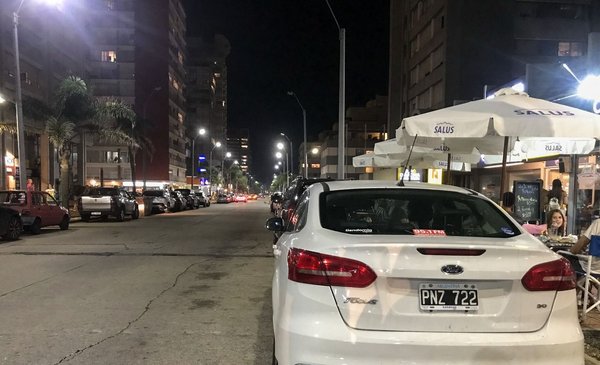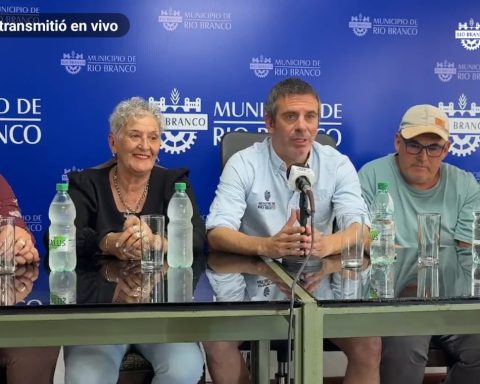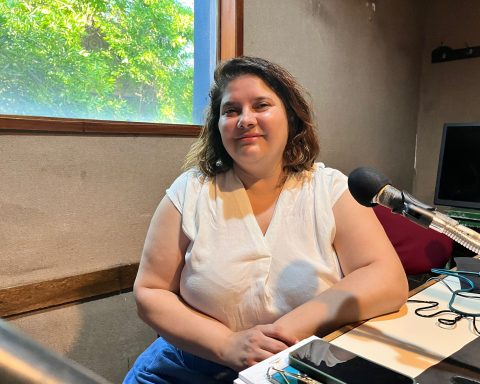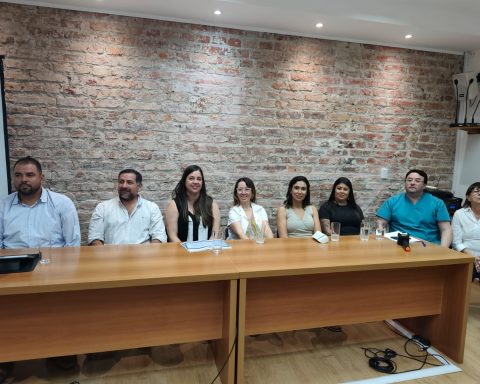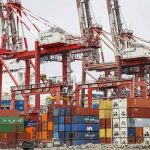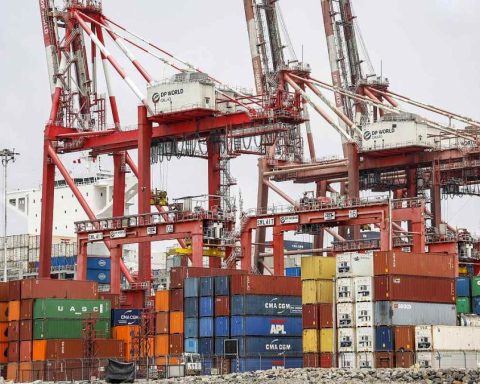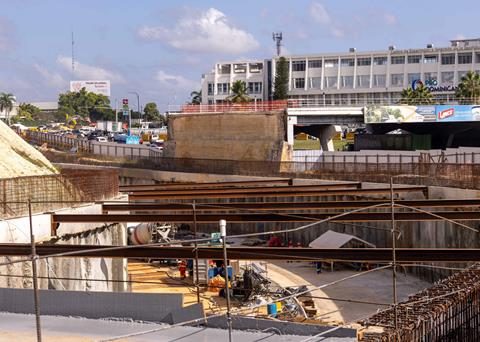east end, the main seaside resort in Uruguay, is ceasing to be a seaside resort. The beaches still have their charm, on hot days you can feel the scent of sunscreen and at night you can hear the waves hitting the rocks. But, little by little, the peninsula and its surroundings are acquiring the label of “year-round city”.
At five in the afternoon, when the departure of children from private schools mixes with the workers who finish their working day in construction, Franklin D. Roosevelt shows traffic congestion. The main artery of the “spa”, the one that runs parallel to Mansa beach, “sometimes has the imprint of Montevideo’s Italian avenue”, exemplifies Soledad Laguardageneral director of Urban Planning of the Municipality of Maldonado.
That vehicular congestion is an indication of the foreign boom that Punta del Este and its surroundings have been experiencing since the beginning of the pandemic. After a record 2021 of residency applications in Uruguay — more than 40 per day from citizens Argentines who settled in Montevideo, in the private neighborhoods of Canelones or in Punta del Este and surroundings—, in the first seven months of this 2022 there was a slowdown but at a much higher rate than the pre-pandemic average: about 23 per day (4,892 between January and July, which already exceeds the numbers of any entire year prior to the pandemic).
These official figures from the Uruguayan Foreign Ministry “do not move the needle in the great economy, but it may be that in some areas (such as Punta del Este) they will boost some services and, above all, they may have potential for innovation,” explained Matías Brum , adjunct professor at the Institute of Economics of the University of the Republic. “Joseph Schumpeter, the father of innovation, spoke of how the introduction of new processes already contributes to innovation. The mere fact that new people come, with new ways of doing things, can be a great contribution”.
Laguarda feels that “spill”. Before the “boom” she could hardly find a bar or cafe open in the middle of winter to get together for tea with her friends. Now, instead, “there are bars and cafes all year round.” It does not have the appearance of the famous cafetines of Buenos Aires, but it does have the range of options that characterize gourmet and vegan cafes.
The other sign, in addition to traffic and cafes, is the increase in enrollment in private schools in the area. Educational centers capitalized on this “boom” and are a reflection of the new profile of immigrants: families, of high socioeconomic levels, with children of school or high school age.
In the International College Argentine students already outnumber Uruguayans. “Before the pandemic there were about 50 Argentine students and now there are about 220 (45% of the school’s enrollment)”, says the CEO, Rolando Rosenblum.
“The arrival of Argentines, motivated in part by the situation in Argentina and the facilities in Uruguay, increased the number of students in almost all schools in the area, including new institutions in the area of La Barra in Punta del Este”, says Rozenblum. “The interesting thing,” he continues, “is that we are now receiving many queries from Argentines from the interior of the country who arrive with more medium-term planning. It is not that they come only motivated by the effervescence of what is happening in Argentina, or that they escape the confinement that occurred during the health emergency, but rather that they compare pros and cons, compare prices and register their children for next year.
In the Argentine Uruguayan Institute (IUA), one of the oldest in the peninsula, there are generations with three groups when before two were not filled. The Garzon School, a new institute that is building its final location, already has more than 30 students in an alternative location. And so…
In the International College alone there are students of 23 nationalities and for next year students from Russia, Belarus, Germany and Croatia. According to Rozenblum, it is the demonstration of another phenomenon that is populating the eastern zone: “They are escaping from the instability of Europe due to the war and are looking for a quiet area, with quality services, to be supplied all year round.”
The law firm and tax advice Andersen confirms this new phenomenon. Francesca Magno, manager of the Residency and Immigration division, explains that “legal, economic and political stability has made Uruguay a differential for years, but now that has an extra value that is being coveted by Europeans, Canadians and Americans” . She even estimates that this “boom” will continue to rise because “it is said that the coming war is for food or for water, and in those resources Uruguay has more production than it needs for the size of its population.”
In this sense, Magno insists that “this phenomenon should not be measured only by the number of residences, but by the profiles of those who arrive, including megaentrepreneursand because it is an economically active population”.
Where are they?
In the slightly undulating peneplain —as school teachers describe Uruguay— it is said that there is room in width. But Punta del Este had been characterized by its growth in height. The immigration boom, explains Laguarda, is increasing the volume of residences and square meters of construction outside the peninsula.
South of the Atchugarry Museum of Contemporary Art (MACA), between the route 104 and north of Manantiales, private neighborhoods are selling all their lots and new establishments have emerged as a result of subdivisions.
“They are no longer residents who come just for the summer or to rest for a weekend, but rather, motivated by fiscal residence and by the control that Uruguay had of the pandemic, they live in these new farms (many remodeled and others new) and from there they travel”, says the real estate operator Juan Carlos Sorobigarat, owner of the real estate company Earthsea.
According to a survey by El Observador, in private neighborhoods south of MACA, 4,000-meter plots cost between 250,000 and 500,000 dollars. But the houses built, closer to the peninsula, are selling for several million.
On October 7, for example, it will inaugurate the tower Trump. 80% of the apartments are sold and, of them, 60% are Argentine citizens. The same is happening with the complex the park which already has its fifth tower in planning.
The architect Laguarda says that “it is difficult to say where the growth is taking place, because the territorial distribution is heterogeneous and is growing everywhere… even sometimes it is not only what is built new, but what is occupied in homes that once They were unoccupied.”
